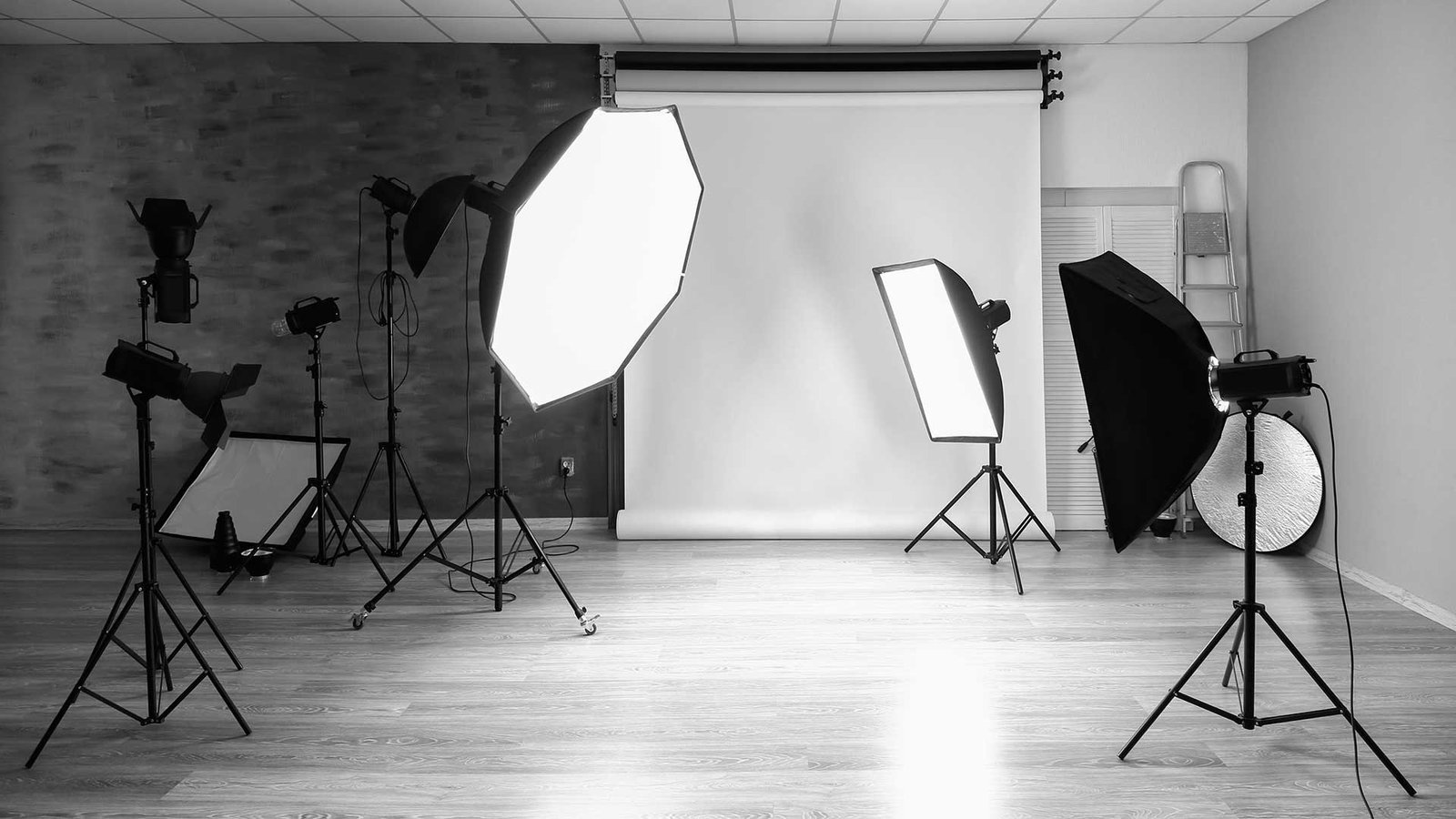Lighting is a crucial element in video production, shaping the mood, clarity, and overall quality of your footage. Mastering lighting techniques ensures your video shots look professional and visually appealing. This guide provides essential tips and techniques for achieving perfect lighting in your videos. Understanding Lighting for Perfect Video Shots.

The Basics of Lighting
Understanding the fundamentals of lighting is key to creating well-lit video shots:
- Key Light: This is the primary light source that illuminates your subject. Position it at an angle to create depth and dimension. It sets the overall mood and exposure.
- Fill Light: Use fill light to soften shadows created by the key light. Place it at a lower intensity to reduce harsh contrasts and balance the lighting.
- Back Light: Back light is positioned behind the subject to create separation from the background. It adds a rim of light around the subject, enhancing depth and visual interest.
Mastering these basic lighting techniques ensures a well-lit and balanced shot.
Three-Point Lighting Technique
The three-point lighting setup is a standard method used to create professional-looking videos:
- Key Light: Position this at a 45-degree angle to the subject, slightly above eye level. It provides the main illumination.
- Fill Light: Place this on the opposite side of the key light at a lower intensity. It reduces shadows and balances the overall lighting.
- Back Light: Position this behind the subject and aimed towards them. It adds a halo effect and separates the subject from the background.
This technique creates a balanced, dimensional look that highlights your subject effectively.
Natural vs. Artificial Lighting
Both natural and artificial lighting have their own advantages and applications:
- Natural Light: Utilize natural light sources like windows for soft, diffuse lighting. It’s ideal for achieving a natural look and is cost-effective. However, it can be inconsistent due to changing weather and time of day.
- Artificial Light: Use artificial lights such as LED panels, softboxes, and ring lights for consistent and controllable lighting. They offer flexibility in achieving the desired look and are less affected by external factors.
Choosing between natural and artificial lighting depends on the desired effect and shooting conditions.
Lighting for Different Moods and Styles
Adjust your lighting to create different moods and styles in your video:
- High-Key Lighting: This technique involves using bright, even lighting with minimal shadows. It creates a cheerful and vibrant atmosphere, commonly used in interviews and commercials.
- Low-Key Lighting: Employ low-key lighting for dramatic effects, with strong contrasts and deep shadows. This style is often used in thrillers and dramatic scenes.
- Split Lighting: Position the key light to one side of the subject, creating a shadow that splits the face. This technique adds mystery and intensity.
Tailoring your lighting to match the mood enhances the narrative and visual impact of your video.
Using Lighting Modifiers
Lighting modifiers can shape and control the quality of light:
- Softboxes: These diffusers soften the light, reducing harsh shadows and creating a flattering, even illumination. They’re ideal for interviews and portraits.
- Reflectors: Use reflectors to bounce light back onto the subject, filling in shadows and adding warmth. They are versatile and portable tools for controlling light.
- Gels: Colored gels can alter the color temperature of your lights, adding creative effects or matching light sources to the scene’s mood.
Modifiers help achieve precise lighting effects and enhance the overall quality of your video.
Managing Shadows and Highlights
Properly managing shadows and highlights is essential for a polished look:
- Control Shadows: Use fill lights or reflectors to soften and balance shadows, preventing them from becoming too harsh or distracting.
- Manage Highlights: Avoid overexposing highlights by adjusting the intensity and angle of your key light. Use diffusion materials to soften bright spots.
Balancing shadows and highlights ensures a well-exposed and visually pleasing shot.
Conclusion
Understanding and mastering lighting techniques is essential for achieving perfect video shots. By applying basic principles, using the three-point lighting technique, and adjusting for mood and style, you can enhance the visual quality of your videos. Utilizing natural and artificial lighting, along with modifiers, helps create professional and compelling footage. Effective lighting transforms your video production, making it more engaging and visually appealing.










